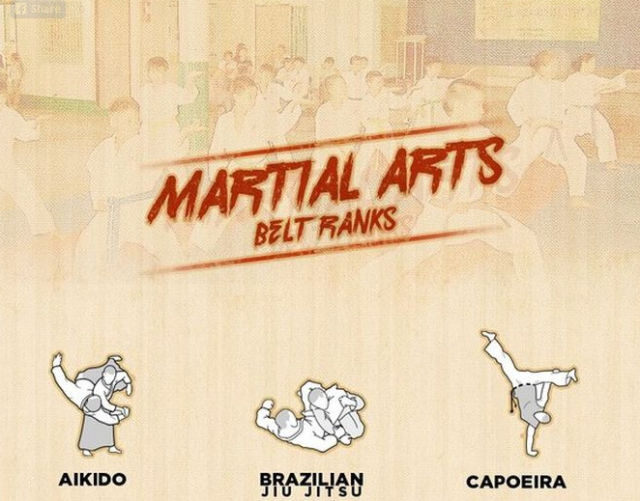Self Defense For Beginners: A Step-By-Step Overview
Self Defense For Beginners: A Step-By-Step Overview
Blog Article
Writer-Cassidy Noer
Master self-defense essentials by first understanding your surroundings and trusting your reactions. Practice spoken de-escalation and setting boundaries. Understand individual space and vital strategies like straight strikes and palm strikes. Construct muscle mass memory and reaction time with blocks and kicks. taekwondo lessons for adults near me to hinder assailants and think about self-defense classes for functional experience. Keep sharp, avoid interruptions, and recognize threats early. Creating these abilities will certainly empower you to protect on your own properly in any kind of scenario. Unlock the full possibility of self-defense by using these detailed methods to boost your security and safety and security.
Understanding Self-Defense Basics
To successfully defend on your own, comprehending the essentials of self-defense is important. Self-defense begins with understanding of your surroundings. Always be mindful of that's around you and any type of possible hazards. Trust your impulses; if a circumstance really feels harmful, it's far better to be careful. Keep in mind that protection isn't just physical; it additionally consists of verbal strategies to de-escalate disputes.
A crucial facet of self-defense basics is finding out just how to establish limits. Clearly interact your restrictions and stand firm in implementing them. Practice assertive communication to deter prospective aggressors. Furthermore, understanding the concept of individual room is essential. Maintaining a comfy distance from unfamiliar people can avoid many battles.
In addition, recognizing when and exactly how to request aid is crucial. Don't wait to seek help from authorities or spectators if you really feel intimidated. Remember, there's no embarassment in prioritizing your safety and security. By understanding these essential principles, you lay a solid foundation for your self-defense journey.
Important Methods for Beginners
Recognizing crucial strategies for newbies in protection includes understanding fundamental moves that can be conveniently applied momentarily of need.
One essential method is the straight strike, a straight and efficient method to protect yourself. Technique throwing a punch with your leading hand while keeping your other hand as much as safeguard your face.
An additional crucial step is the hand strike, which makes use of the bottom of your palm to strike the opponent's nose or chin. It's an effective strike that can stun your opponent.
Furthermore, learning basic blocks such as the high block and reduced block can aid you disperse incoming strikes. These blocks can be exercised to construct muscle memory and reaction time.
Lastly, mastering the front kick can produce range between you and the foe, offering you a chance to leave. By practicing these vital techniques frequently, you can develop confidence and the capacity to shield yourself in intimidating circumstances.
Structure Self-confidence and Recognition
Enhance your self-defense abilities by creating self-confidence and improving understanding of your environments. Building self-confidence is important in protection as it enables you to predict strength and discourage prospective assaulters. Exercise self-affirmations and envision yourself efficiently taking care of different situations to improve your confidence degrees. In addition, take into consideration taking self-defense classes to learn reliable techniques and acquire sensible experience, which can significantly enhance your confidence.
Improving understanding of your surroundings is just as essential. Constantly stay discover this and avoid distractions such as staring at your phone while walking. Take note of people around you and trust your impulses if something really feels off. Comprehending your environment can help you determine prospective dangers early and take needed precautions to remain secure. Practice scanning your environments on a regular basis and recognizing feasible exit routes in different places.
Conclusion
As you continue on your protection journey, bear in mind to always trust your impulses, exercise your methods frequently, and stay aware of your surroundings.
Just like an experienced painter makes use of different brushes to produce a masterpiece, you as well can develop your protection skills to develop a sense of security and empowerment in your day-to-day live.
Keep practicing and remain certain in your capacity to safeguard on your own.
Remain safe out there!
